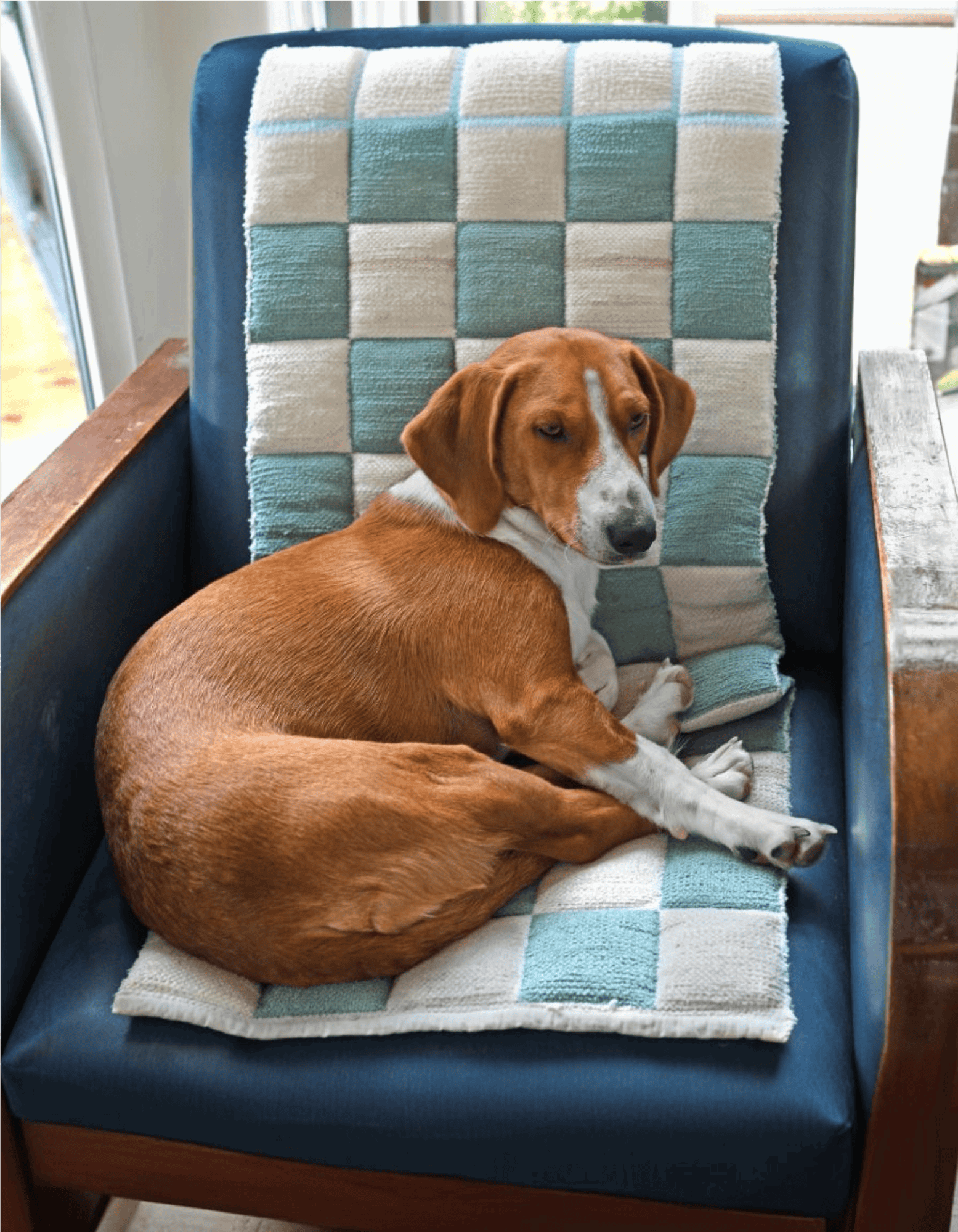
Drever
Shortcuts
The Drever, a Swedish working dog, could be the ideal choice for active individuals thanks to its alertness and energy. It easily adapts to apartment living with sufficient daily exercise. These dogs are low-maintenance, hardy, and get along well with all ages and other dogs, though they may shy away from strangers.
Despite their initial shyness, proper socialization helps Drevers become more outgoing. When introduced correctly, they’re also compatible with cats and other pets. Committing to about an hour of exercise daily can make the Drever an excellent, versatile companion in your home.
Breed Overview

Height
12 – 15 inches
Weight
35 – 40 Pounds
Lifespan
15 years
Colors
Fawn, black, red, brown, white
Suitable for
Active individuals with time for exercise
Temperament
Alert, energetic, playful, confident


Height
12 – 15 inches
Weight
35 – 40 Pounds
Lifespan
15 years
Colors
Fawn, black, red, brown, white
Suitable for
Active individuals with time for exercise
Temperament
Alert, energetic, playful, confident

The Drever, also known as the Swedish Dachsbracke, is a small hunting dog from Sweden. It has a robust build and short legs. This breed is well-known for its stamina and keen scenting ability.
Characteristics
Energy

Health

Sociability

Trainability

Lifespan


Enjoying this read?
We publish this content for free to generate interest in our Premium members' area. By subscribing, you can ask the writer any questions related to pet care and this article, get access to 100+ Premium Pet Care Guides and go Ad-Free with DogFix Premium for $2.99.
Health Conditions
The Drever is a robust breed with a sturdy build that allows it to thrive in colder climates without much difficulty. Despite this resilience, the Drever can develop specific health issues. Regular health check-ups can help in early detection and management. A proper care routine, including a balanced diet, regular exercise, and frequent vet visits, can help maintain their health.
Minor Conditions
- Demodectic mange
- Otitis externa
Serious Conditions
- Intervertebral disc degeneration
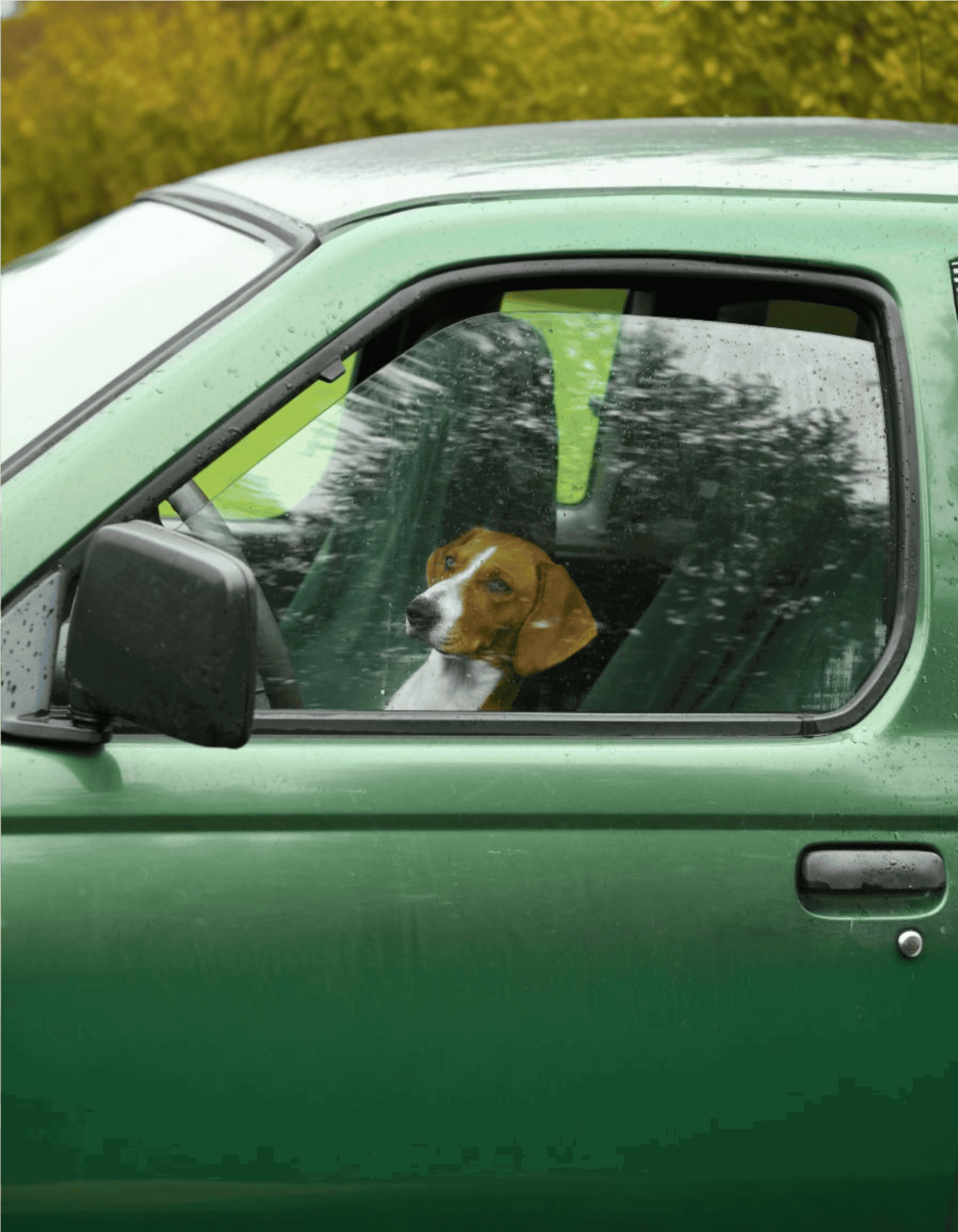
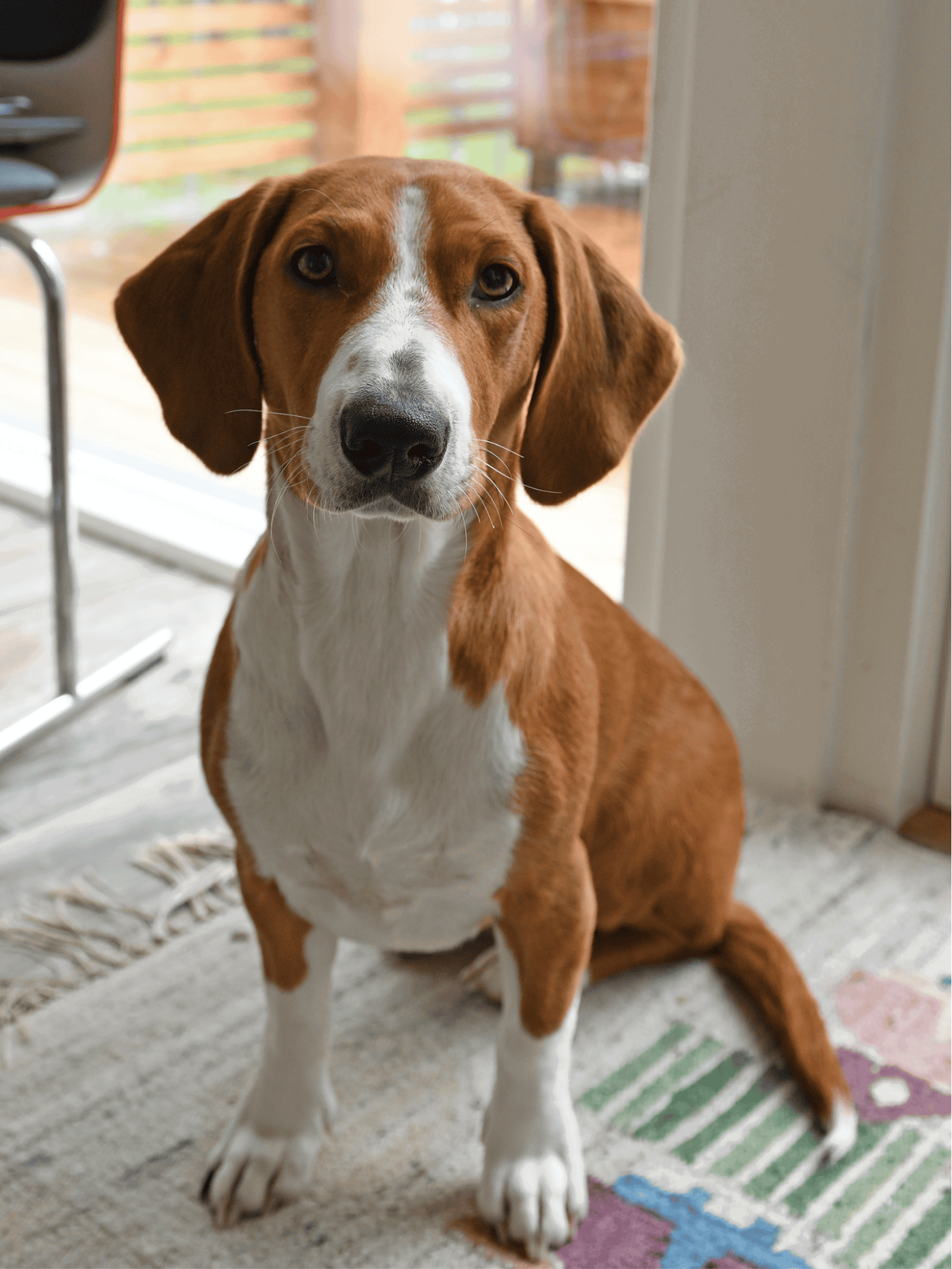
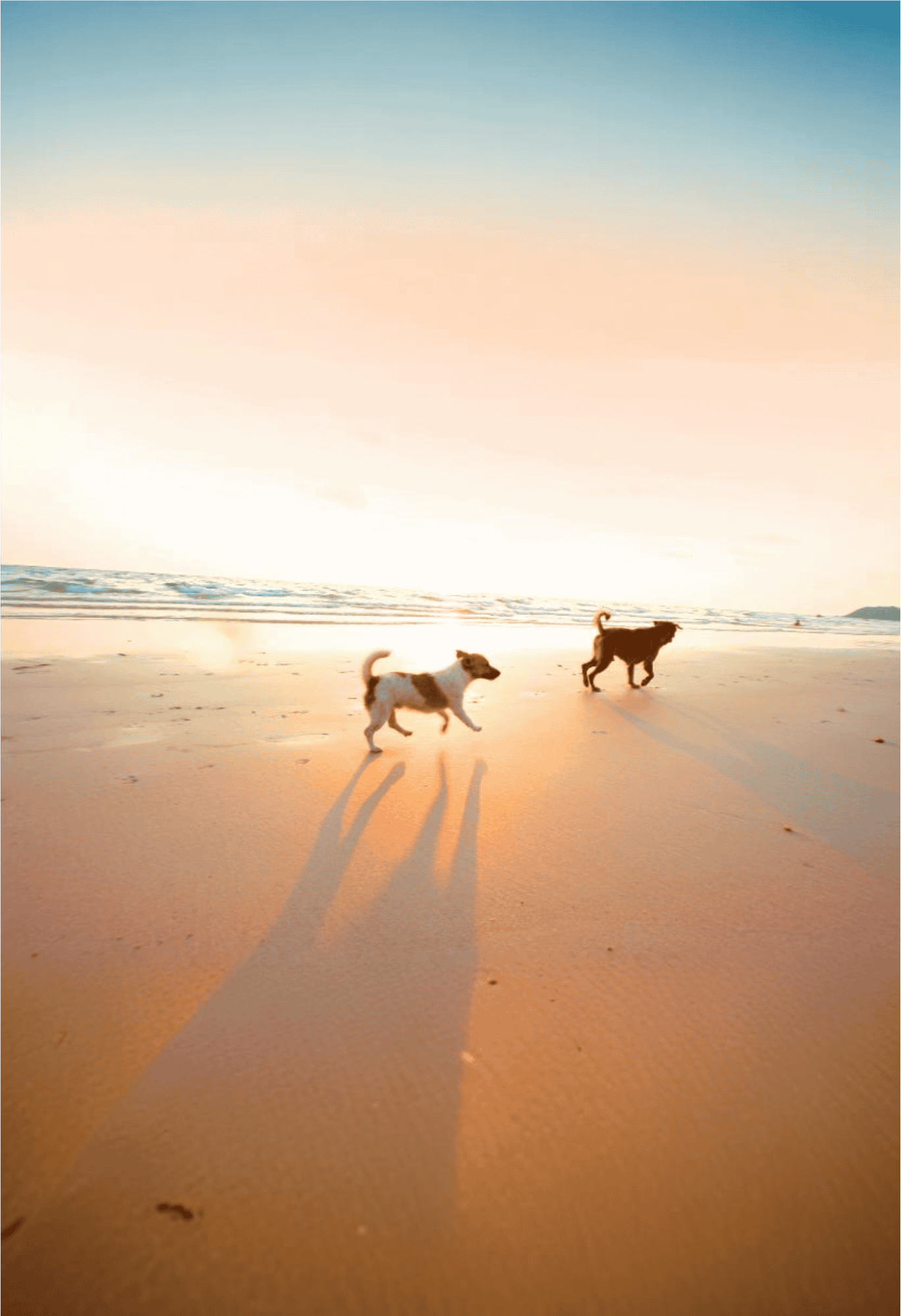
Drever Puppies
Drever puppies are a charming and lively breed, known for their friendly and sociable nature. Originating from Sweden, these small to medium-sized dogs possess a strong hunting instinct, particularly for tracking and retrieving game. With their elongated bodies and short legs, Drevers are well-adapted for navigating dense underbrush while on the hunt.
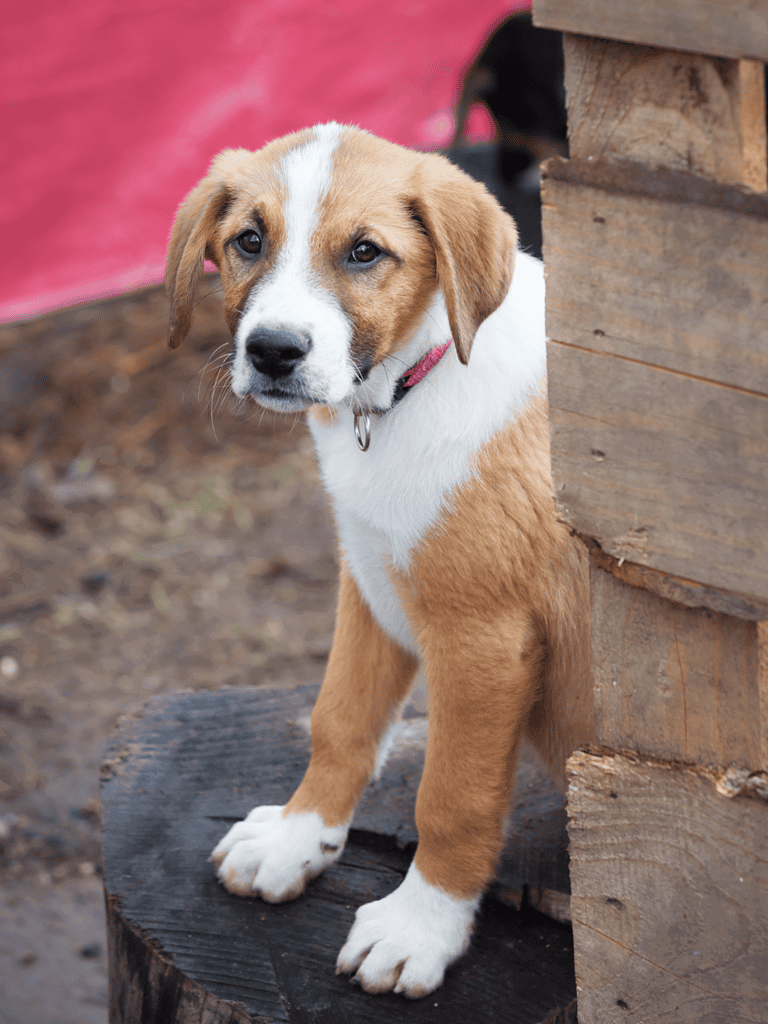
These puppies are not only affectionate but also intelligent, making them relatively easy to train. They thrive in active households and enjoy plenty of playtime and exercise. Their cheerful disposition and loyalty to their families make Drevers excellent companions, whether in the field or at home. Regular grooming and socialization are essential to ensure they grow into well-rounded adult dogs.
Temperament & Intelligence Of The Drever
The Drever, a medium-sized breed known for its keen hunting abilities, exhibits a temperament that is both friendly and adaptable. These dogs are typically affectionate and loyal, forming strong bonds with their families. Their calm demeanor makes them great companions for children and other pets, though they may exhibit a stubborn streak that requires consistent training and socialization.
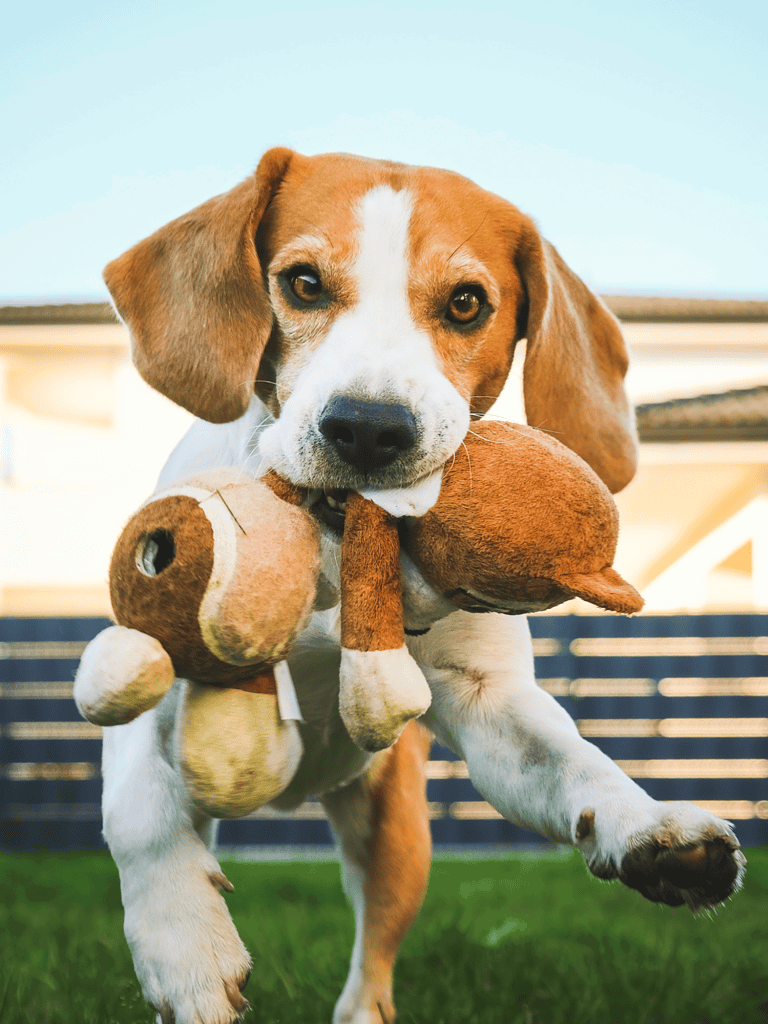
In terms of intelligence, the Drever is quite sharp, with a natural instinct for tracking and scent work. They thrive on mental stimulation and enjoy tasks that challenge their problem-solving skills. Regular exercise and engaging activities are essential to keep them mentally and physically satisfied, ensuring they remain well-behaved and happy.
Are These Dogs Good For Families?
Drevers are celebrated for their friendly demeanor. They easily fit into all family settings and form close bonds with individuals across all age groups, including young children and the elderly. Their adaptability, patience, and relatively low indoor energy levels make them ideal for families, emphasizing the importance of early socialization.
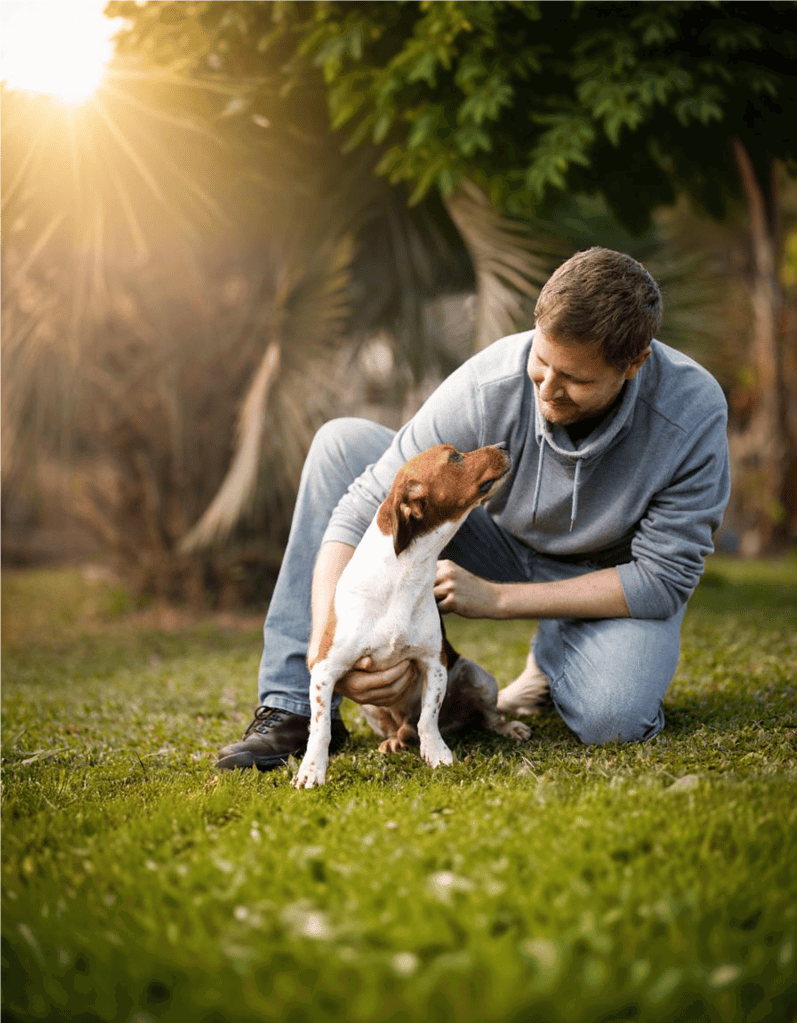
These dogs are amiable and eager to spend time with their family members. They require regular exercise without being excessively energetic indoors. Their patient and adaptable nature makes them suitable for both active and more laid-back lifestyles, ensuring they are lovely companions, particularly for seniors, while still recommending supervision around very young children.
Does This Breed Get Along With Other Pets?
Thanks to their pack-oriented breeding, Drevers typically get along well with other dogs. They thrive when in the company of canine companions, making early socialization crucial for harmonious relationships. Raising them alongside other dogs yields strong bonds, emphasizing the need for an early introduction to various pets.
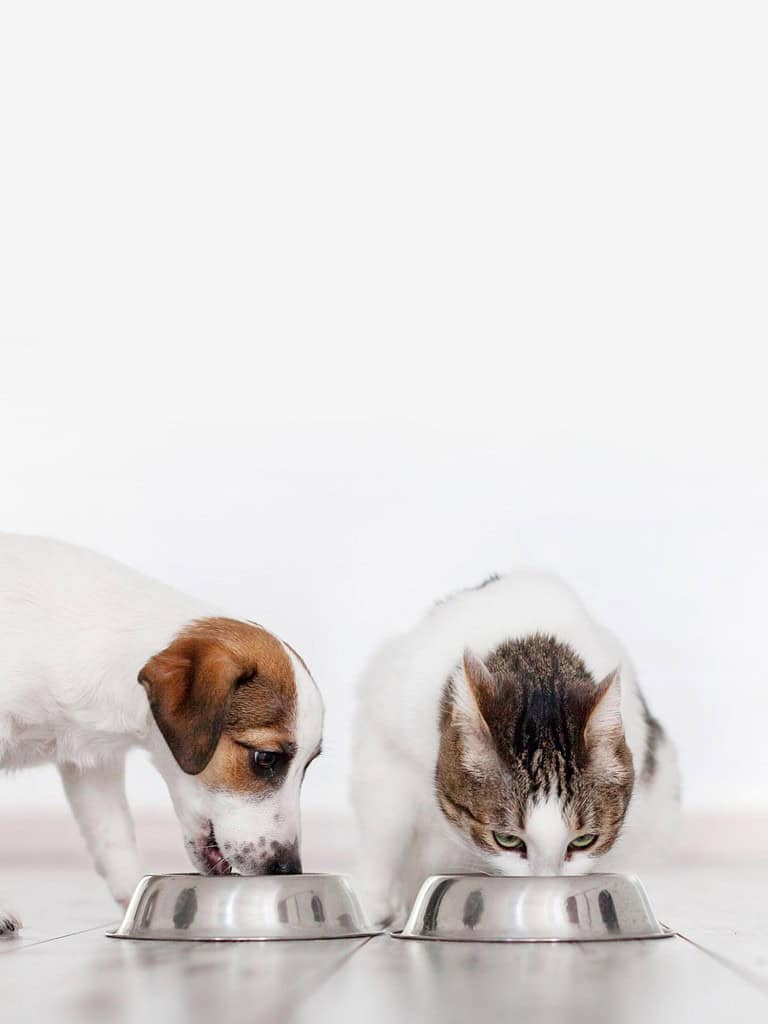
However, Drevers possess a pronounced prey drive, posing challenges around cats and smaller animals. Without adequate training and supervision, they might chase smaller pets. Key measures include supervising interactions with small animals, prioritizing training and socialization from a young age, and preferring canine over feline companions to ensure a peaceful coexistence.
Food & Diet Requirements
A Drever typically needs 2-3 cups of premium dry kibble split into 2-3 meals daily to avoid bloat and maintain energy. Ensuring they have constant access to fresh water is vital for hydration. Adjust food quantity based on the dog’s age, weight, condition, and exercise levels, aiming for an ideal weight. Training often involves treats, so factor those calories into the daily intake to prevent weight gain.
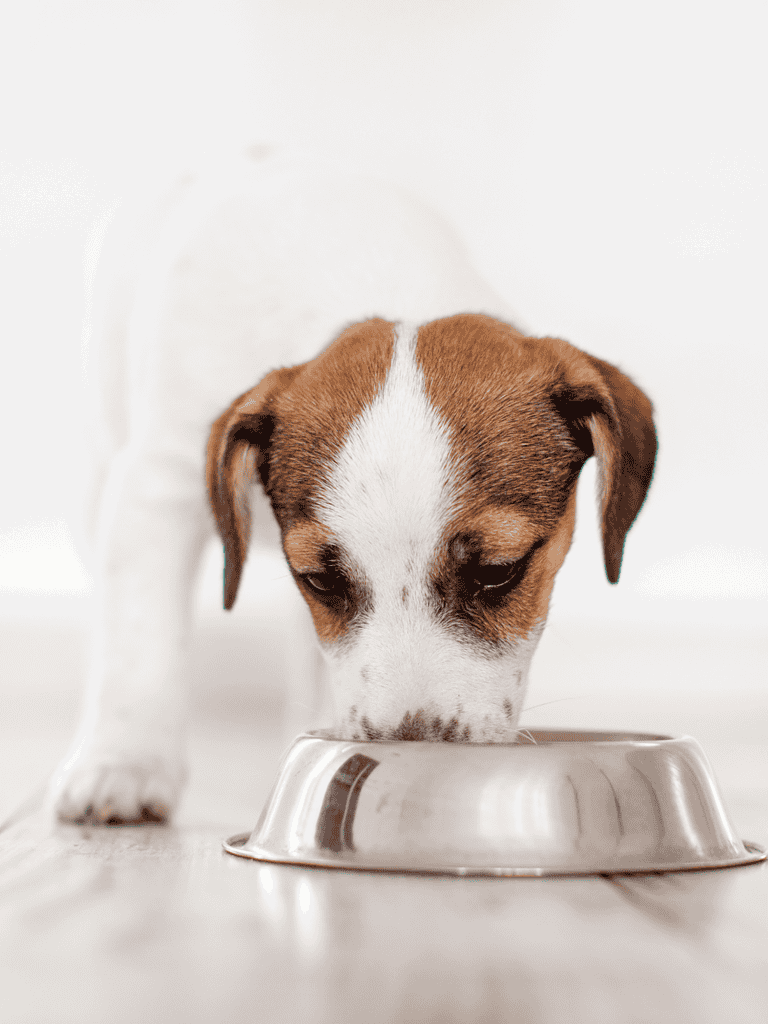
Overfeeding a Drever can cause obesity, a condition that’s hard to rectify. Hence, it’s crucial to monitor meals and treat portions. Monitoring your dog’s food intake and adjusting it as necessary based on their lifestyle and health requirements will ensure they stay healthy and happy.
Exercise
Drevers require a significant amount of exercise daily, including at least an hour of walking, hiking, or playing in a secured area to maintain their health and happiness. Engaging in agility training and canine sports entertains and strengthens their bond with their owner.
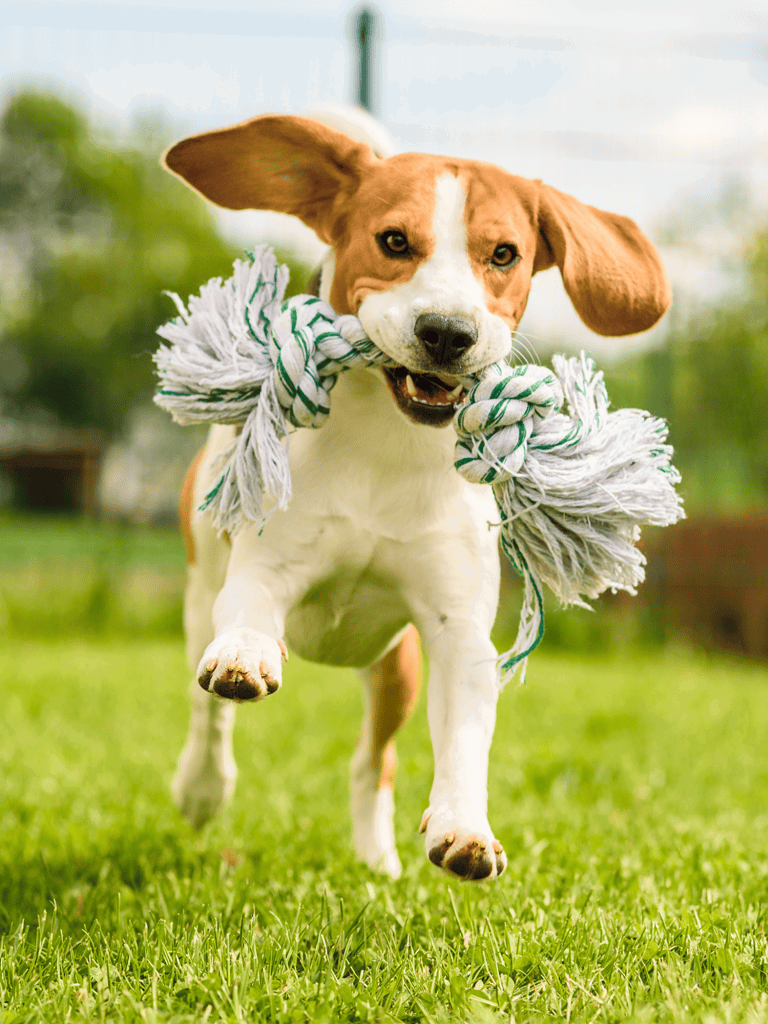
It’s essential to keep Drevers leashed during walks due to their strong scent drive, which may lead them to wander. A routine of varied and regular exercise prevents boredom and behavioral issues, making activities like daily walks, hiking, and agility training highly recommended.
Training
The Drever shines in field and hunting, enjoying and quickly learning the required tasks. Regular hunting skills training benefits both the dog and the trainer. However, obedience training poses challenges due to the Drever’s short attention span, necessitating patience, consistency, and engaging sessions.
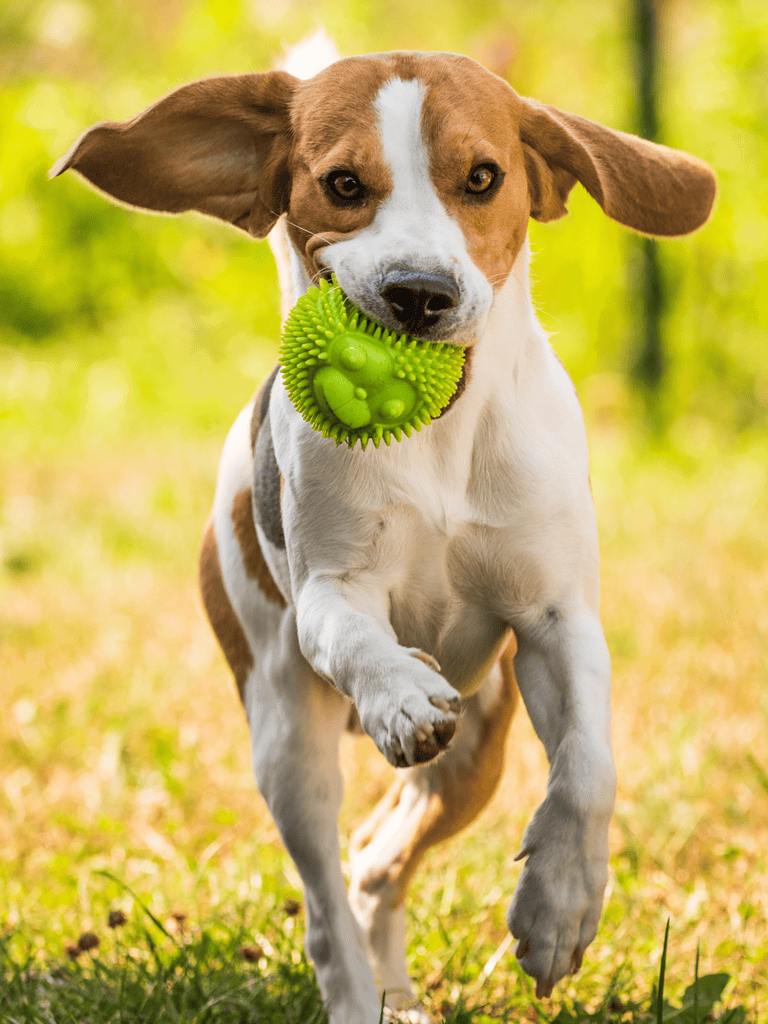
Early socialization is essential for the Drever, preparing it for future situations and reducing stress. Handy tips include using healthy treats, keeping sessions short and fun, and being consistent with commands. Training early and combining it with playful interactions and positive reinforcement is crucial for success.
Grooming
Drevers have a smooth coat that is easy to manage. Brushing them weekly is sufficient to remove dead hairs, knots, and mats. Brushing their teeth should occur at least thrice weekly, ideally daily.

Nail clipping is another essential part of grooming. The frequency depends on how often and where the dog walks, but it is generally necessary every two months. Regular grooming keeps the Drever clean and healthy without much hassle.
Male Vs Female
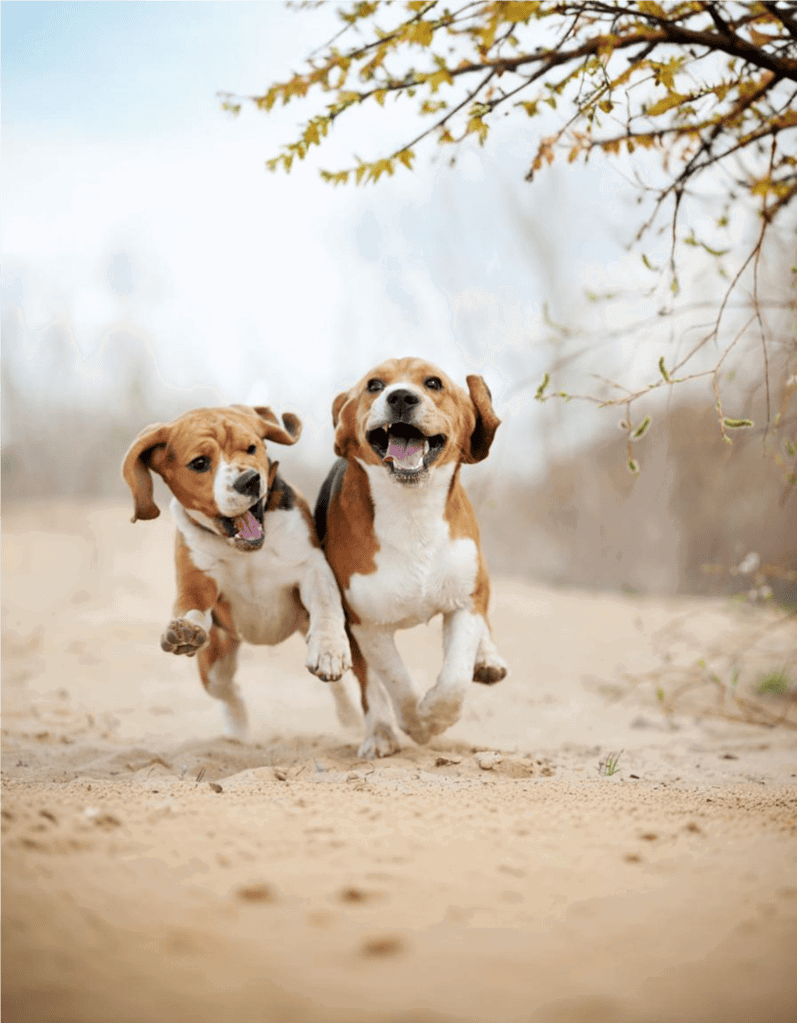
Male Drevers are slightly larger than females, typically growing about an inch taller and weighing a few pounds more. Both male and female Drevers have similar friendly, alert, and energetic temperaments with no significant differences. Neutering or spaying your Drever is recommended to ensure a balanced and even temperament.
Fact #1: Drevers are Excellent Deer Trackers
In 1953, Drevers were officially recognized in Sweden and highly valued for their unparalleled tracking skills in hunting circles. Drevers are outstanding deer trackers, thanks to their short legs, which enable them to stay close to the ground for effective scent tracking.
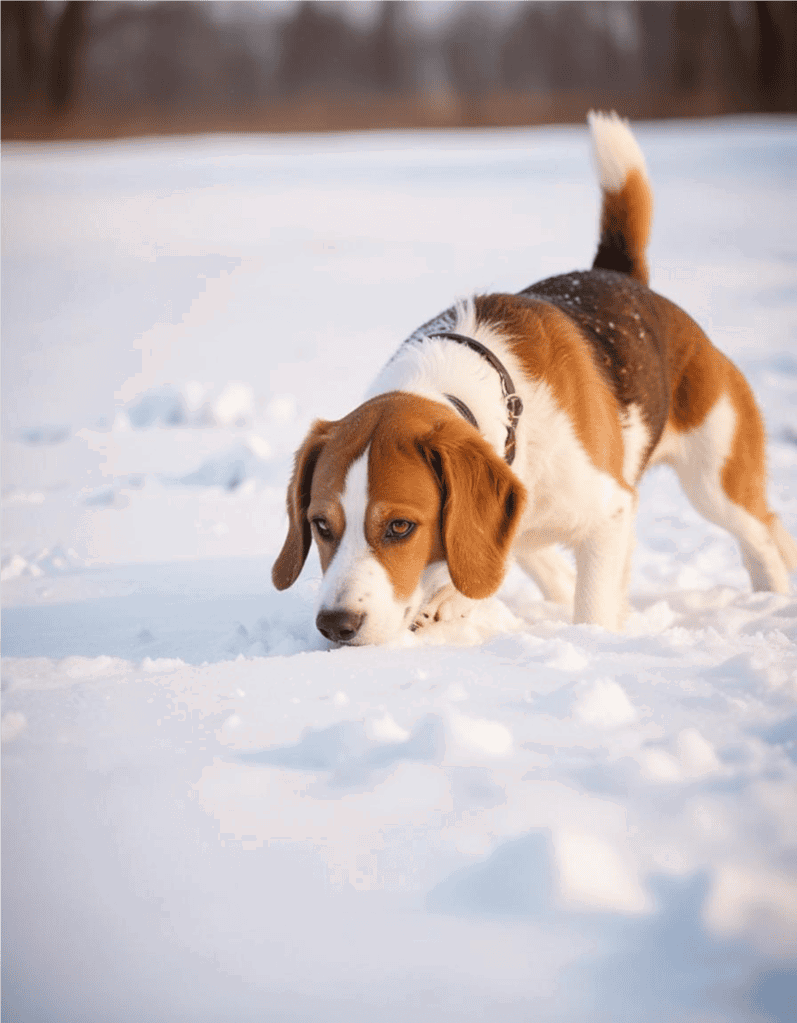
These dogs are skilled at trailing larger prey like deer and excel in hunting smaller animals such as foxes and hares. Their versatility and an exceptional sense of smell make Drevers invaluable hunting companions. Their ability to navigate different terrains and track various types of prey underscores their role as versatile and skilled hunters.
Fact #2: The Drever is Sweden’s Most Popular Dog Breed
The recently developed Drever has swiftly become Sweden’s most beloved dog breed. It is renowned for its hunting prowess and ability to drive game toward hunters. It serves as both a working dog and a family pet in Sweden, gaining admiration for its versatility and amiable temperament.
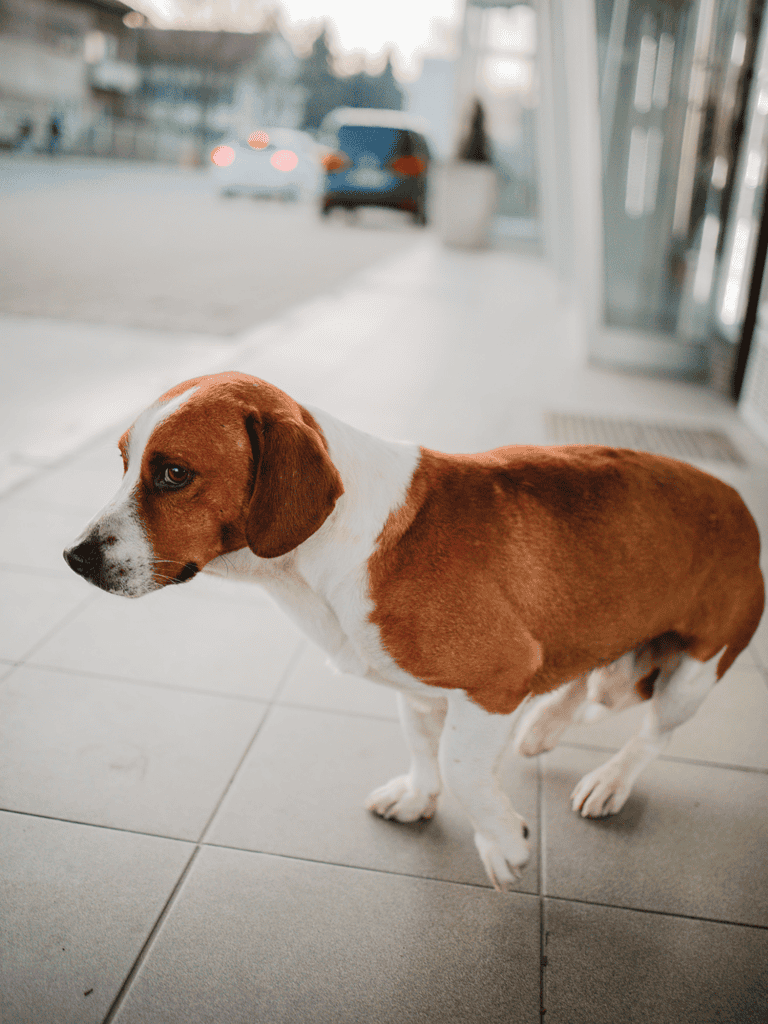
Outside of Sweden, the breed enjoys popularity in Finland and Norway, with a modest presence in Canada, though it has yet to achieve widespread global recognition. The Drever’s recent development means it remains unrecognized by the American Kennel Club (AKC), limiting its visibility in the United States.
Fact #3: Drevers Don’t “Bay” Like Other Hounds
The Drever is recognized for its distinctive vocal sounds, which set it apart from many hound breeds by not producing the typical “baying” sound. Their vocalizations are unique and usually higher-pitched.
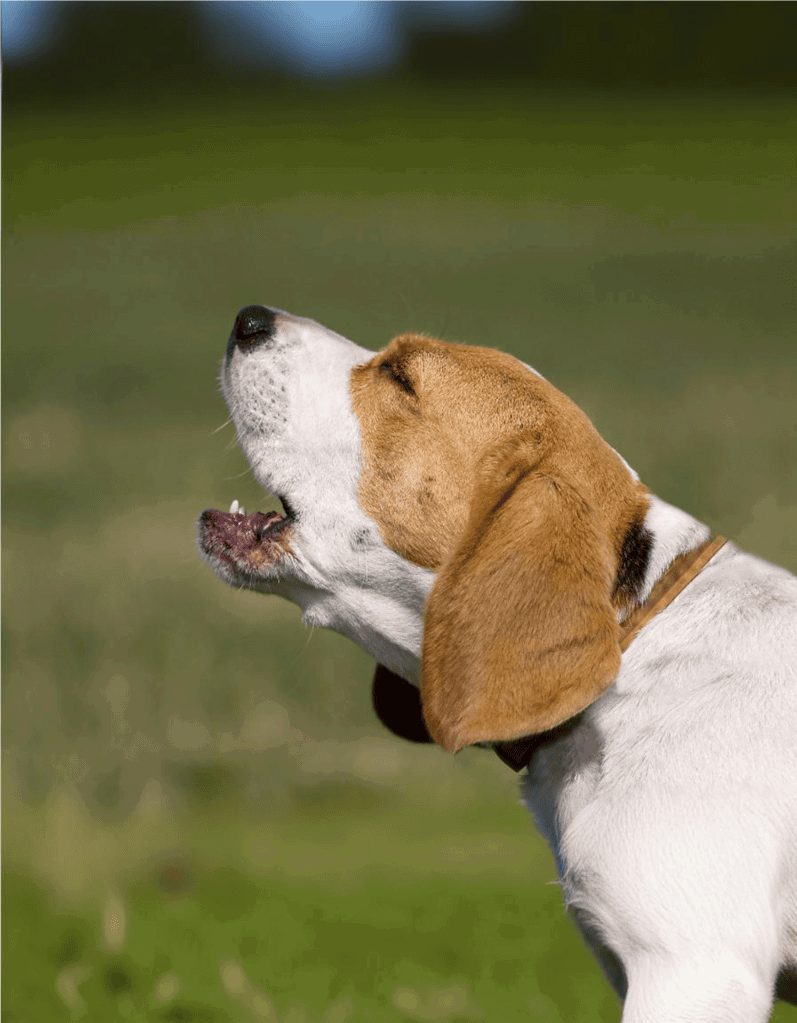
Drevers alert their owners with a clear, continuous sound, different from their normal bark, making it easy to discern a general alert from a serious warning. Their vocal behavior is ideal for hunting, signaling different scenarios with specific sounds, and is especially appreciated by those unfamiliar with traditional hound baying.
Final Thoughts
The Drever is a beloved dog that is well-suited for work and family life due to its friendly and loyal nature. Essential daily activities include long walks and interactive play to keep it happy and healthy. A balanced diet and regular vet visits are crucial for its well-being.
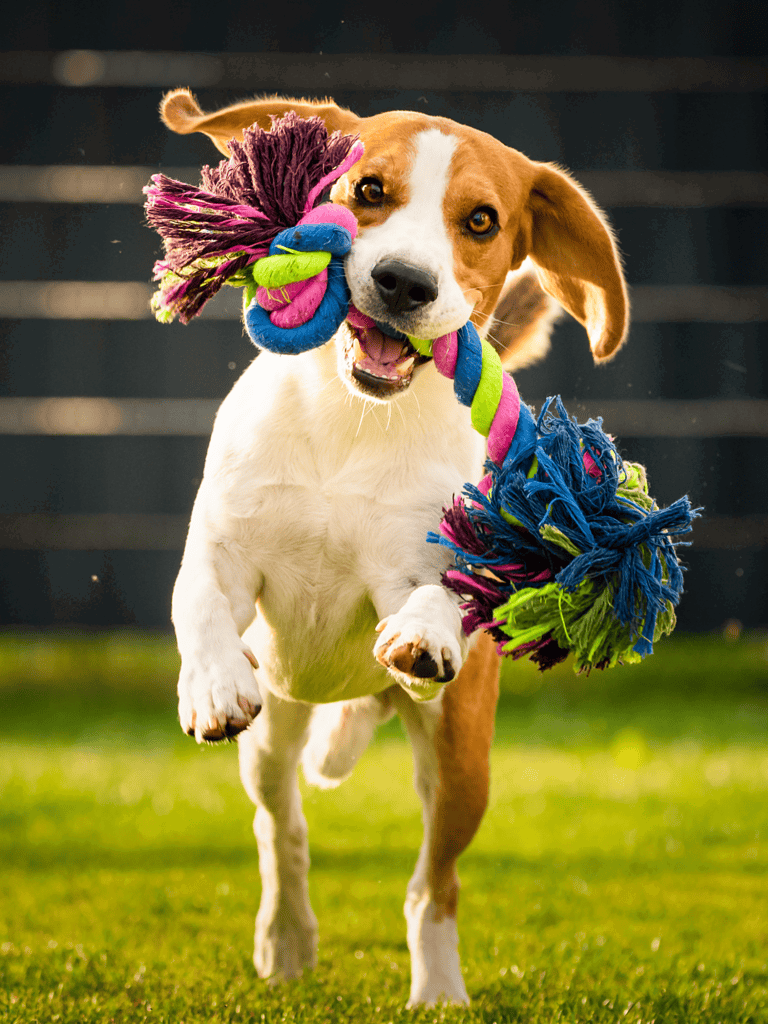
Despite its small size, the Drever possesses high energy levels, requiring owners to be ready for an active lifestyle. While not widely known outside Nordic countries, it makes a devoted companion for those willing to fulfill its physical and mental needs.
Frequently Asked Questions
What is the average weight range for a Drever?
Drevers typically weigh between 30 to 35 pounds. They have a robust build that’s well-suited for their active lifestyle.
What personality traits are typically seen in Drevers?
Drevers are known for being friendly, alert, and determined. They tend to be good with families and other pets and display loyalty and intelligence.
How long do Drevers generally live?
The average lifespan of a Drever is about 12 to 15 years. They can lead healthy, active lives with proper care and regular vet check-ups.
What are the standard size dimensions of a Drever?
Drevers usually stand between 11.5 to 15 inches at the shoulder. Their length is about twice their height, giving them a long, low frame.
What variety of colors do Drevers come in?
Drevers come in various colors, commonly black, tan, and white. Some may also have brindle or tricolor patterns.
How often do Drevers require grooming?
Drevers have a short, dense coat that needs regular brushing, ideally once a week. Brushing helps reduce shedding and keeps their coat healthy.

Didn’t find what you need? Use the search!
Search our database of over hundreds of posts with up-to-date information from our experts and veterinarians.

